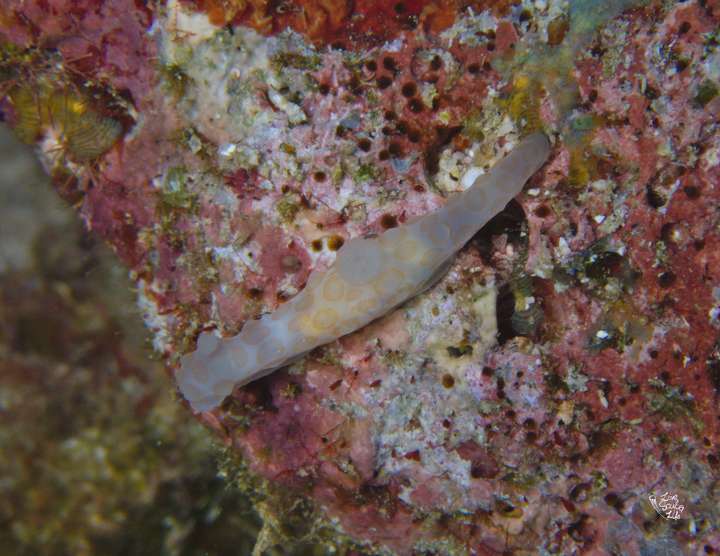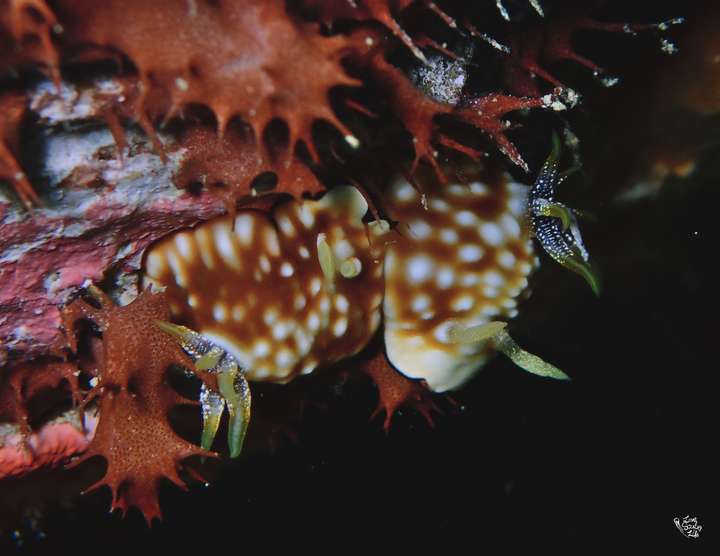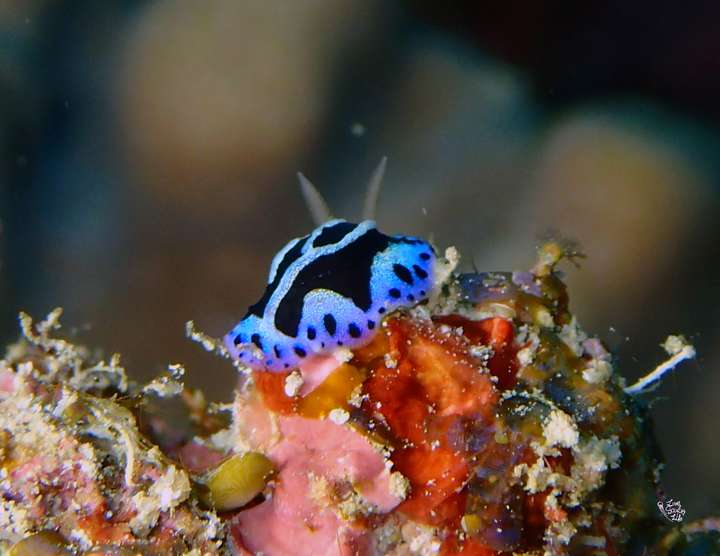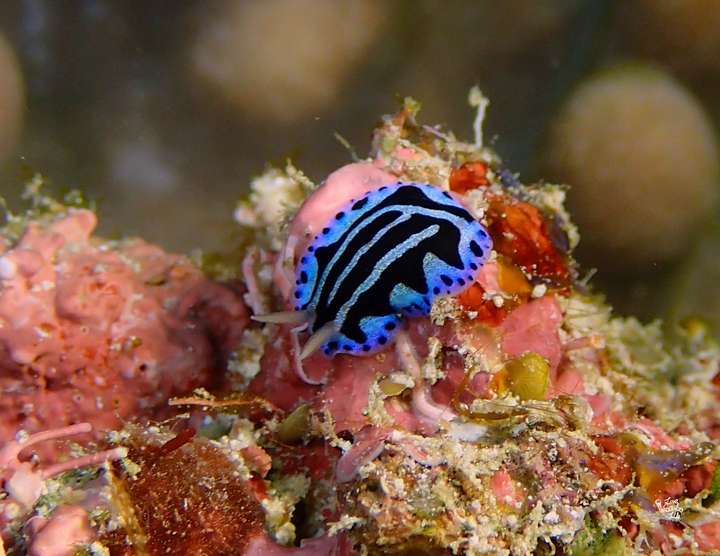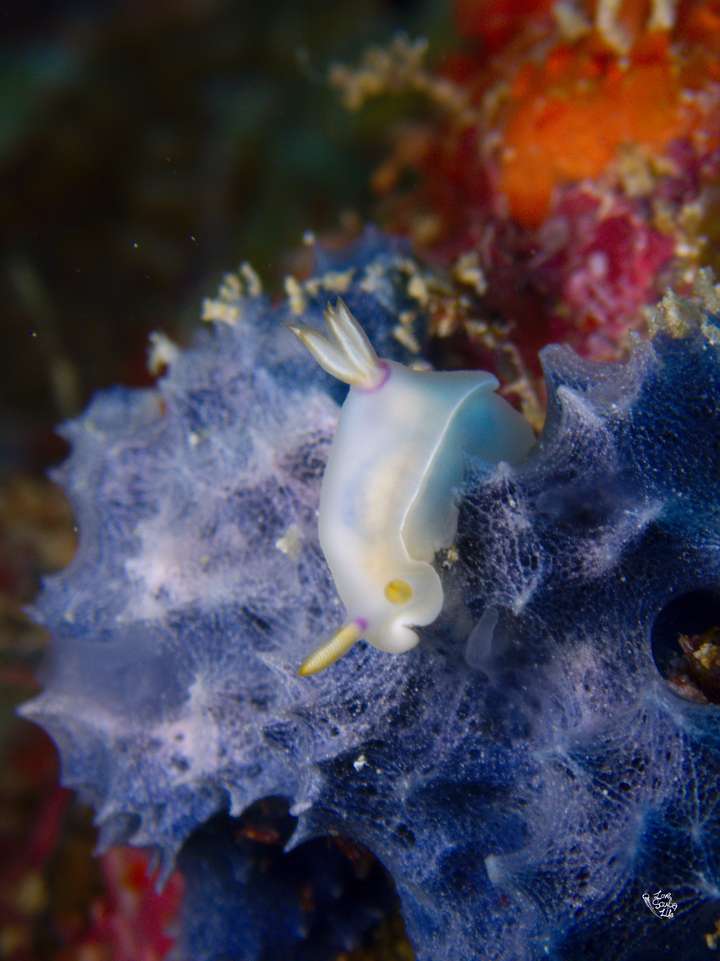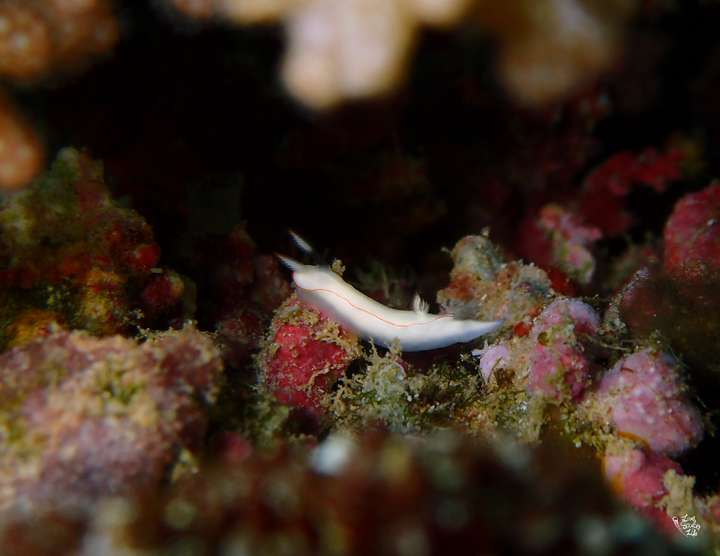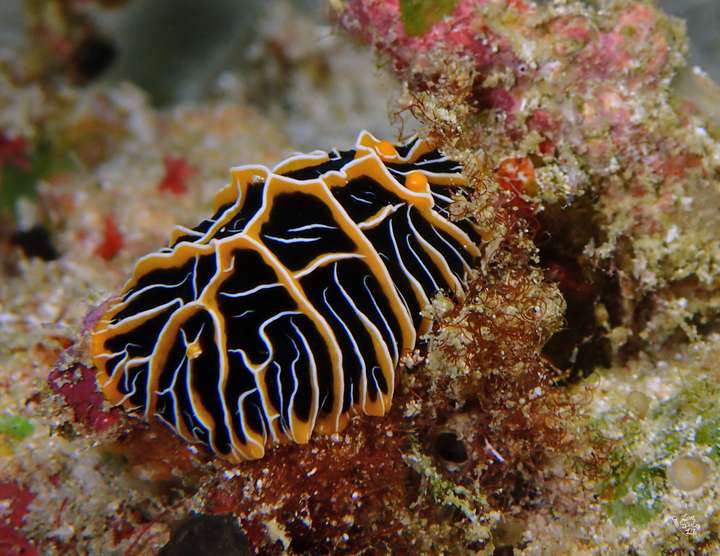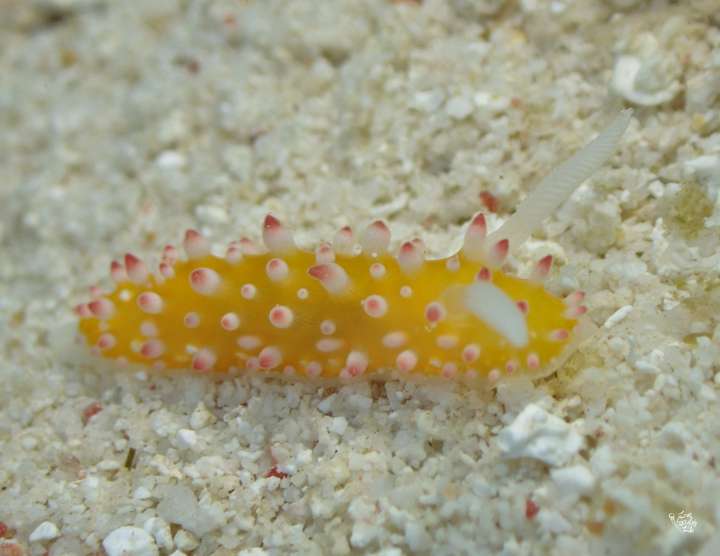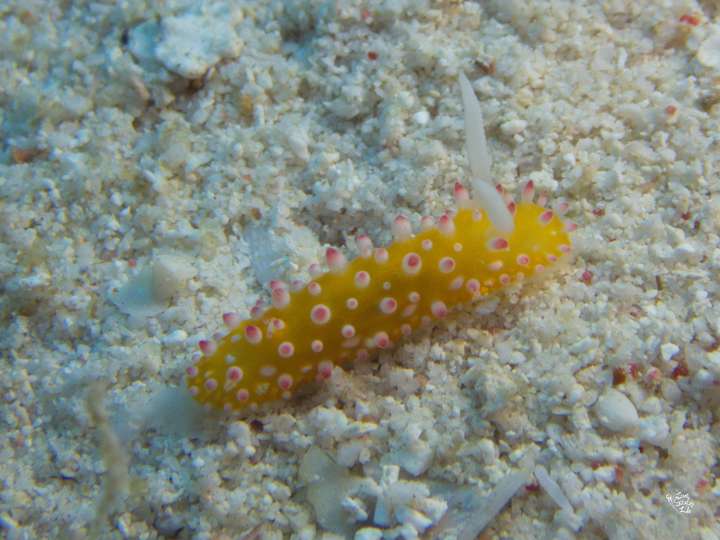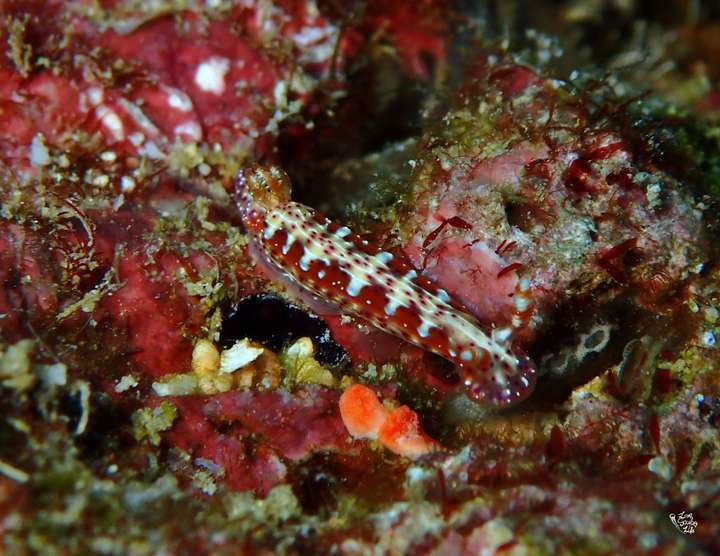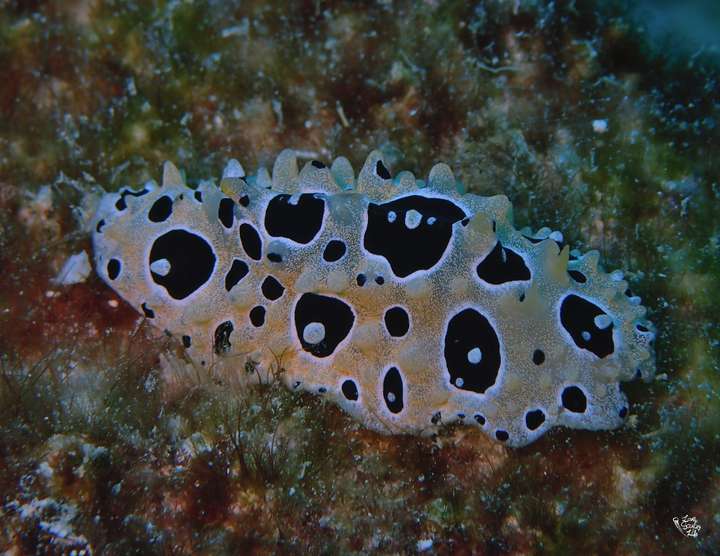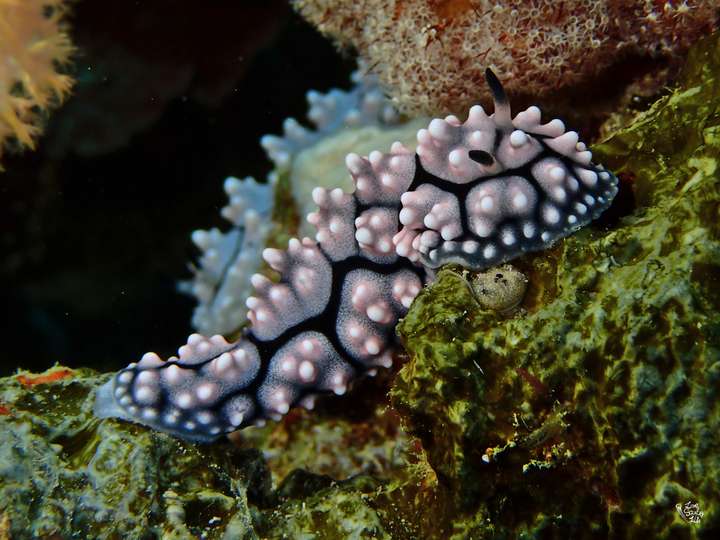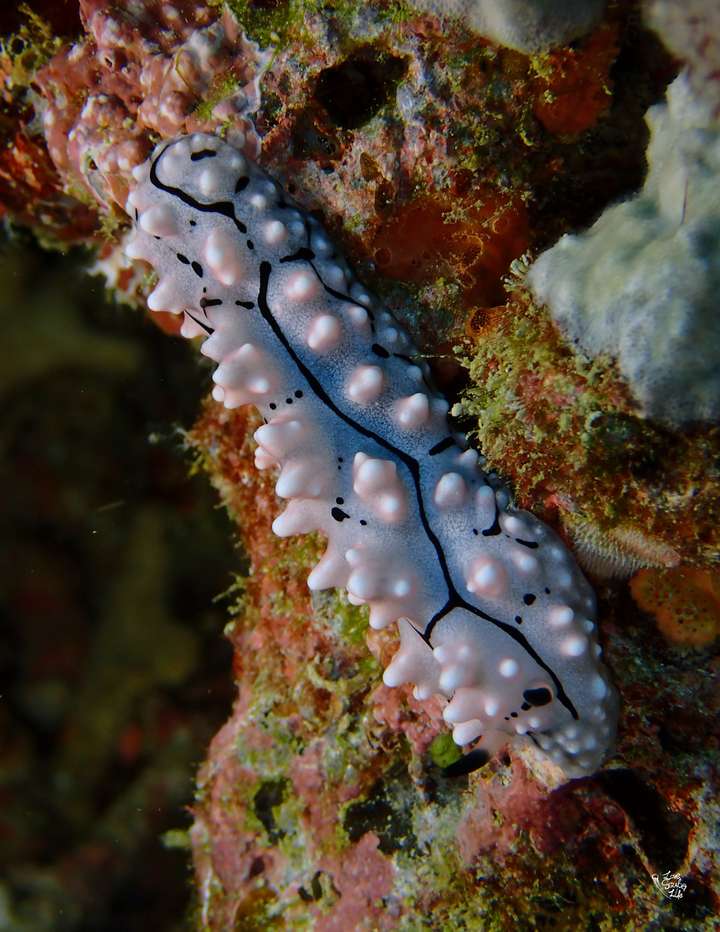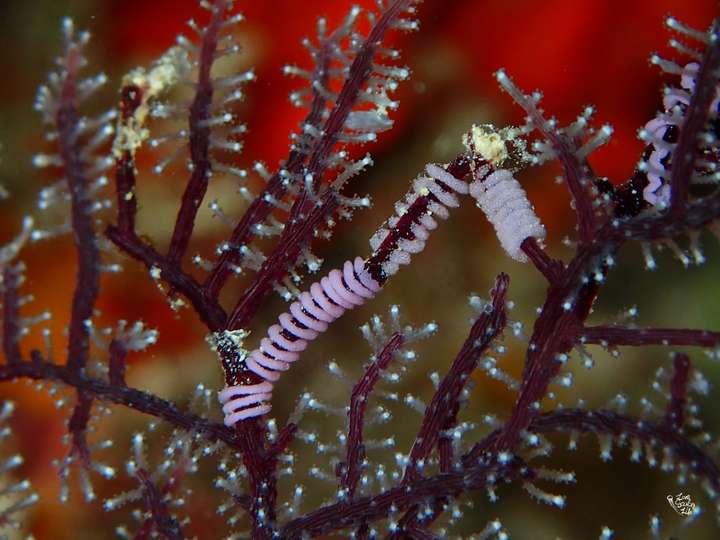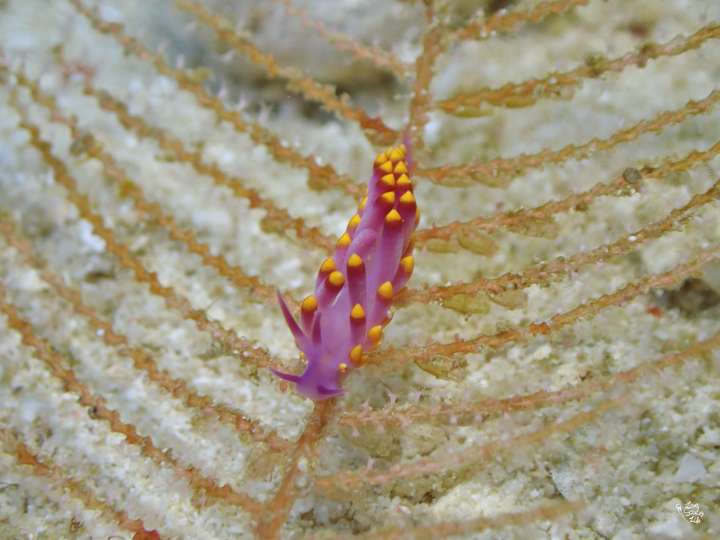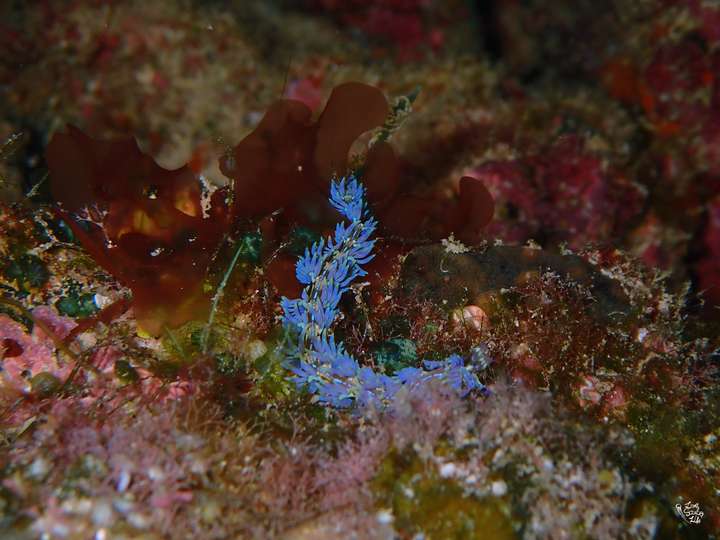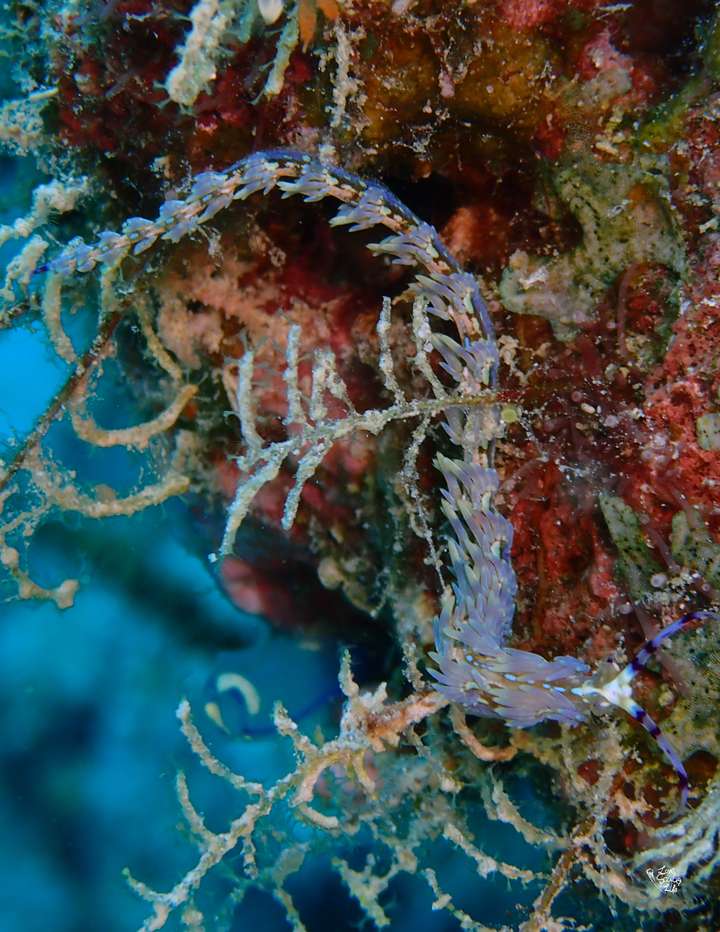Fiji - Nudibranchs at Rainbow Reef
Nudibranch, also called sea slug, are shell-less marine molluscs. The name of 'Nudibranch' means ‘naked gill’ as they have breathing apparatus on the outside of their soft bodies. They are typically a small critter which can be as small as 20mm in length. Some large species can grow up to 600mm in length.
Because of their shell-less feature, they are typically in vivid colour palates and patterns as a warning to potential predators that “I am poisonous” to prevent attack. Their colour range from red, pink, purple, yellow, deep green to brown etc, which in many cases is influenced by what they feed on.
Nudibranch is one of my favourite sea animal. They are so cute, some are tiny and colourful like candies. Currently, there are over 3,000 known species which are distributed in all oceans across the world.
There are a diverse number of nudibranchs in Rainbow Reef. For a nudibranch lover like me this is heaven, I encountered at least one new species of nudibranch (new for me) every dive day here. Of course you would need a good dive guide with good eyes to help spotting. Most of the nudibranchs here are super tiny, some are well camouflaged with the background, you would need to look so close to spot and see them.
After 40 dives I dove at Rainbow Reef, let me show you some rare nudibranchs I encountered there and also give you an idea of some other nudibranchs you may encounter there.
One of the rare encounter which is also my favourite - Cyerce nigircans (Pease, 1866), also called peacock nudibranch which is under the Caliphyllidae family.
Black body with wing like cerata, like a peacock, all cerata have thin white line, then a broad black band and a bright orange band with many bright orange dots inside. It looks so elegant with its sharp and colour pattern.
My dive guide said he did not see it for over four years, he was also excited to see it. I am very lucky to see it. They are normally found around green algae Chlorodesmis which they feed on.
Another nudibranch which is not commonly seen here is Gymnodoris sp.18 which is under the Doridoidea family. My dive guide said it was the first encounter even for him.
This nudibranch has very funky look, like a moving snot in the water. It has translucent whitish body with pustules surrounded by broad pale orange speckled ring. Their gill and rhinophores are quite different from the usual dorid nudibranchs. It has small gill forming a complete circle and bulbous rhinophores.
It has very special looking which I never see before. The body is translucent to the point that I can see the inside of the body structure. A pretty amazing creature!
The next uncommon one is Goniobranchus sp.10 [ID from Nudibranchs & Sea Slug Identification Indo-Pacific], it seems to be different colour variety of Goniobranchus geometricus where you can only see in Fijian water.
They have light brown colour with opaque white rounded tubercles on the body, the front of the head are also in opaque white. Their rhinophores and gills are honey coloured. I only encountered it once, there were three of them together. Stunning nudibranch with shining rhinophores and gill.
There are so many other colourful nudibranchs you may encounter in the reef. Let me try to highlight some more.
Under the Dorid Family:
Phyllidiopsis sphingis (Brunckhorst, 1993) - It has blue pigment on the body with few longitudinal and radiating black lines and spots. Such a colourful nudibranch. [Encountered once]
Jorunna sp.2 - also called bunny nudi from its the colour and shape which look like a bunny. It has whitish body with scattered black caryophyllidia all over the body. [Encountered once]
Hypselodoris bullocki (Collingwood, 1881) - Elegant whitish body with shining yellow gill and rhinophores. This nudi body colour can range from pale straw to deep purplish pink, but usually they have thin opaque white line at the mantle border. The gill and rhinophores are typically in yellow or orange with basal pink or purplish band. [Encountered once]
Thorunna furtiva (Bergh, 1878) - super tiny one around 1.5cm, it has orange or brownish yellow colour around the mantle and on the gill and rhinophores. [Encountered once]
Reticulidia halgerda (Brunckhorst & Burn in Brunckhorst, 1990) - Very elegant looking nudibranch, they are in black body with orange ridges and white apical crests and red rhinophores. [Occasionally encountered]
Doriprismatica sibogae (ergh, 1905) - deep yellow colour with black marginal and a thick submarginal white band and undulating mantle edge. They can grow up to 10cm. [Occasionally encountered]
Cadlinella ornatissima (Risbec, 1928) - really cute looking nudibranch with yellow body and tall pink tipped tubercles. The gill and rhinophores are in white. [Occasionally encountered]
Hypselodoris maculosa (Pease, 1871) - whitish central body with brown or purple marginally with a series thin white lines and white specks. They are always so small and well camouflaged in the background. Pretty hard to spot and see if they are not in move.[Occasionally encountered]
Roboastra gracills (Bergh, 1877) - black with yellow lines or spots with long white gill branches and rhinophores. [Occasionally encountered]
Nembrotha lineolata (Bergh, 1905) - cream with numerous and narrow brown lines and faint red and purple markings on the gill and rhinophores. [Occasionally encountered]
Phyllidia ocellata Cubier (1804) - this nudibranchs varies in colour, they are typically yellow to golden yellow or orange, often with black circles or lines surrounding by yellow or white with irregular large tubercles. [Occasionally encountered]
Phyllidiella cooraburrama Brunckhorst (1993) - pinkish with network on dorsal black lines with very large isolated dorsal tubercles with broad pink bases and elongate multicompound apices. You would often see them in the reef here, but it seems that they are typically existing in Fiji, Bali or Australia. [Often encountered]
Other common Dorids nudibranchs including Phyllidiella nigra (van Hasselt, 1824), Phyllidia multifaria Yonow (1986), phyllidia varicosa Lamarck (1801), Phyllidia coelestis Bergh (1905), they all looks a bit similar in their sharp, pattern and colour are slightly different. Of course, you will definitely meet Chromodoris Lochi, also called candy nudi, the most common nudibranch you can see here.
Under Aeolids Family:
Phestilla melanobrachia (Bergh, 1874) - this nudibranch colour can be varies, their body colour would match the colour of the dendrophylliid coral where they feed on, so they could be black, yellow or orange. The one I encountered was in black, probably it feed on black form of dendrophylliid coral, so the digestive gland in its long cerata fills up in black. [Encountered once]
Bornella angilla (Johnson, 1984) - It has very characteristic mosaic-like colour pattern
very pretty colour mixture nudibranch. It was named angilla mean "eel" from their style of swimming, they produce a muscular wave which travels down their body which look like eel motion. Such a beautiful nudibranch with pattern and mixture of body colour. [Ossasionally encountered]
Protaeolidia juliae (Baba, 1955) - Black with a longitudinal opaque white lines, their cerata sparsely arranged with white apices. They typically live in black hydroid.
This nudi has unusual shaped compared to other member of Aeolids family, it has reduced cerata and relatively narrow shape so that they can blend into the hydroid so well. Sometimes you could even see their egg mass which is in pinkish coils on the hydroid. [Occasionally encountered]
Cuthona Sibogae (Bergh, 1905) - Purplish body colour with cerata arranged in about eight fan-like clusters of each side of the body. The cerata are similar colour of the body with bright yellow tip, the smaller outer cerata are in golden yellow without purplish basal region. It is occasionally seen here, always been spotted on hydroid where they feed on. [Occasionally encountered]
Pteraeolidia ianthina (Angas, 1864) - also known dragon nudibranchs, the body is elongated with many clusters of medium-large sized cerate along the body. Their body colour is translucent tan, but the cerata can vary from purple, whitish to golden brown. [Often encountered]
There are more and more nudibranchs you may encounter. If you are nudibranch lover, you will definitely enjoy so much diving at the Rainbow Reef. Most of them are all pretty tiny, bring a magnifier if you can. 😉 You will be amazed with the varieties of nudibranch here.



